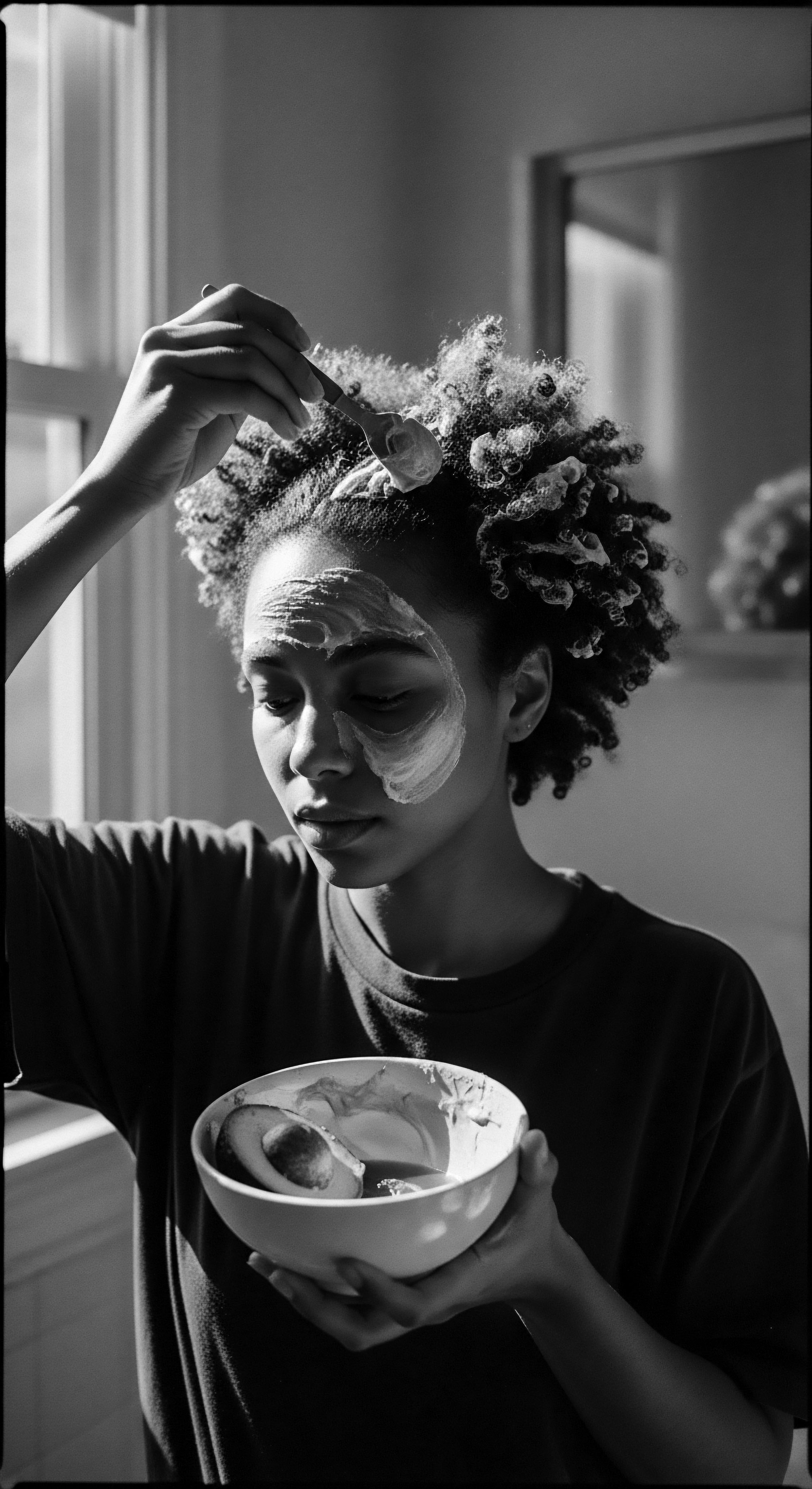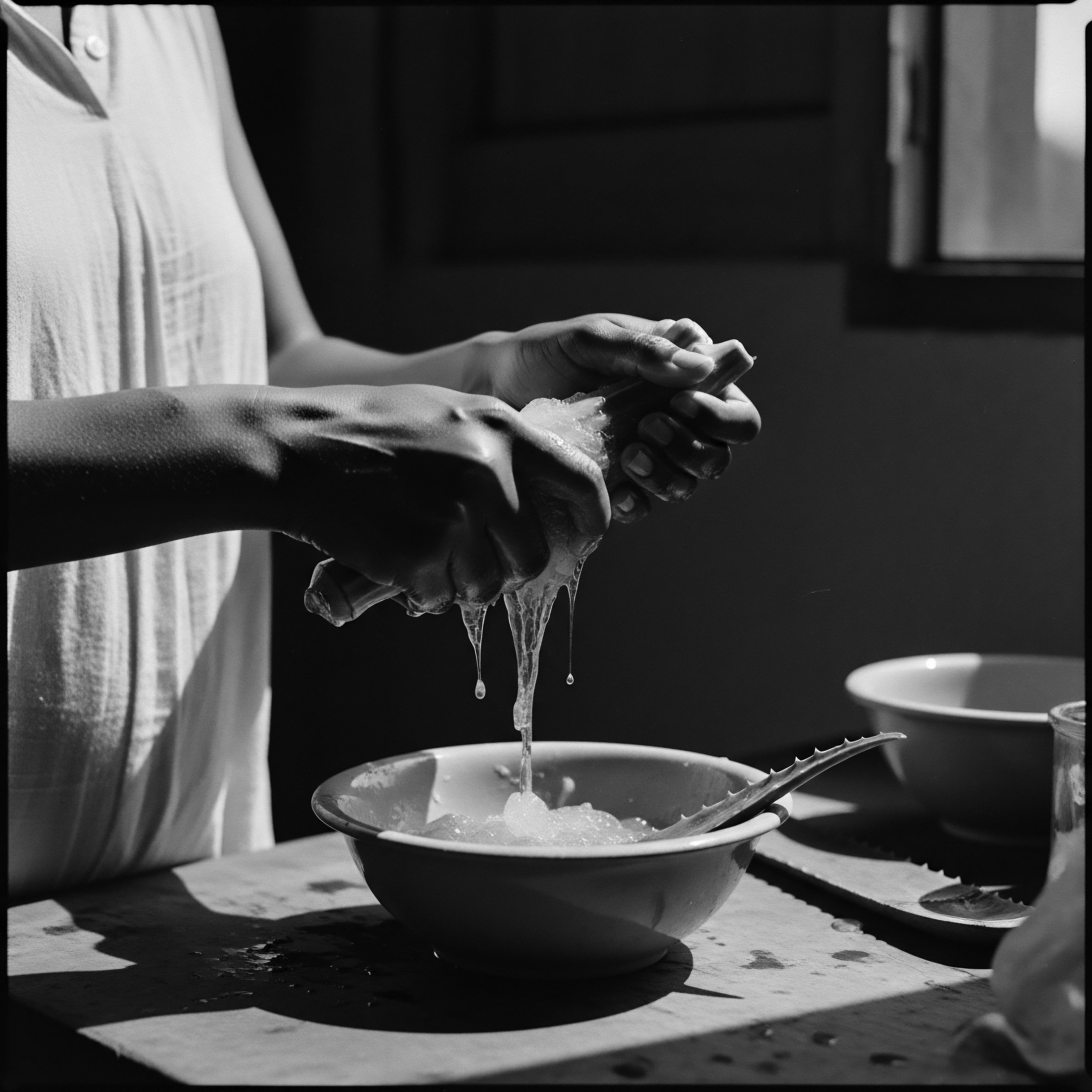
What historical practices protected textured hair during sleep?
Ancestral practices protected textured hair during sleep by minimizing friction and retaining moisture, profoundly rooted in heritage.
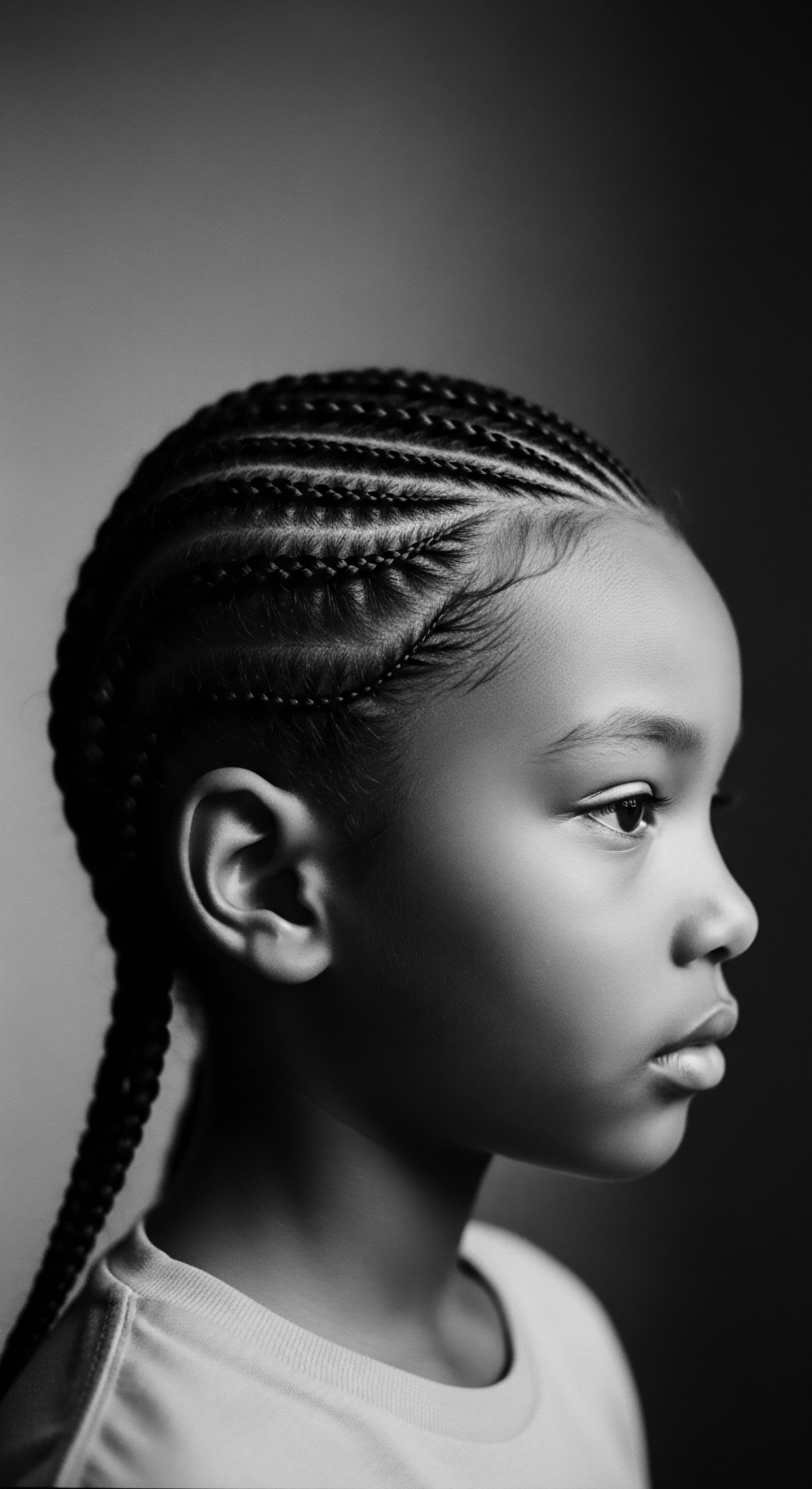
What traditional methods supported textured hair moisture in hot climates?
Ancestral practices preserved textured hair moisture in hot climates through natural emollients, protective styles, and communal rituals.

What ancestral sleep practices continue to shape modern textured hair care?
Ancestral sleep practices, rooted in hair protection and cultural identity, continue to shape modern textured hair care.
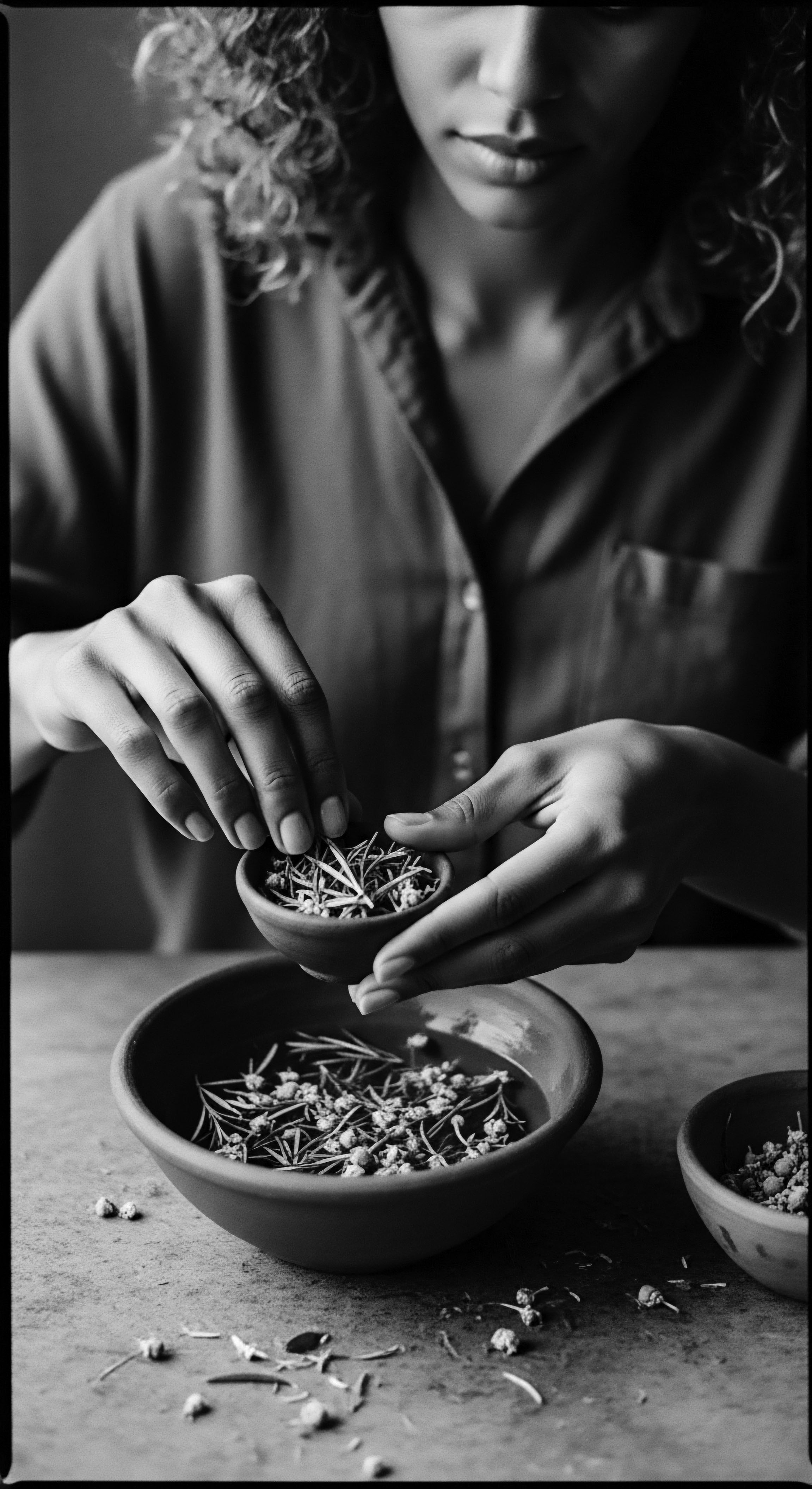
What is the historical connection between hair bonnets and textured hair heritage?
Hair bonnets connect to textured hair heritage through ancestral protective practices, evolving into symbols of cultural preservation and self-care.
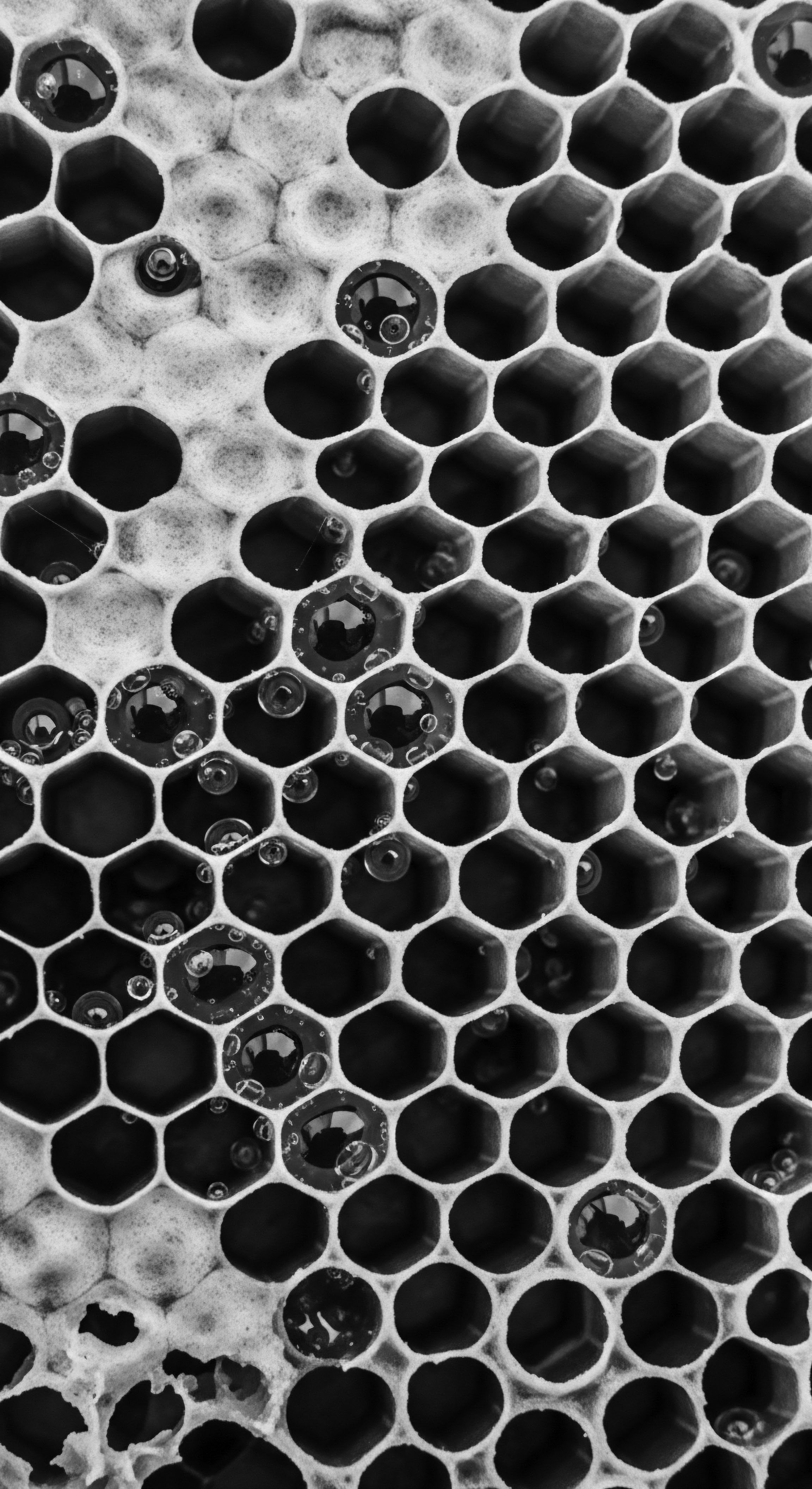
Can modern science validate the efficacy of ancient textured hair rituals?
Modern science confirms the foundational effectiveness of ancient textured hair rituals for health and preservation, validating ancestral heritage.
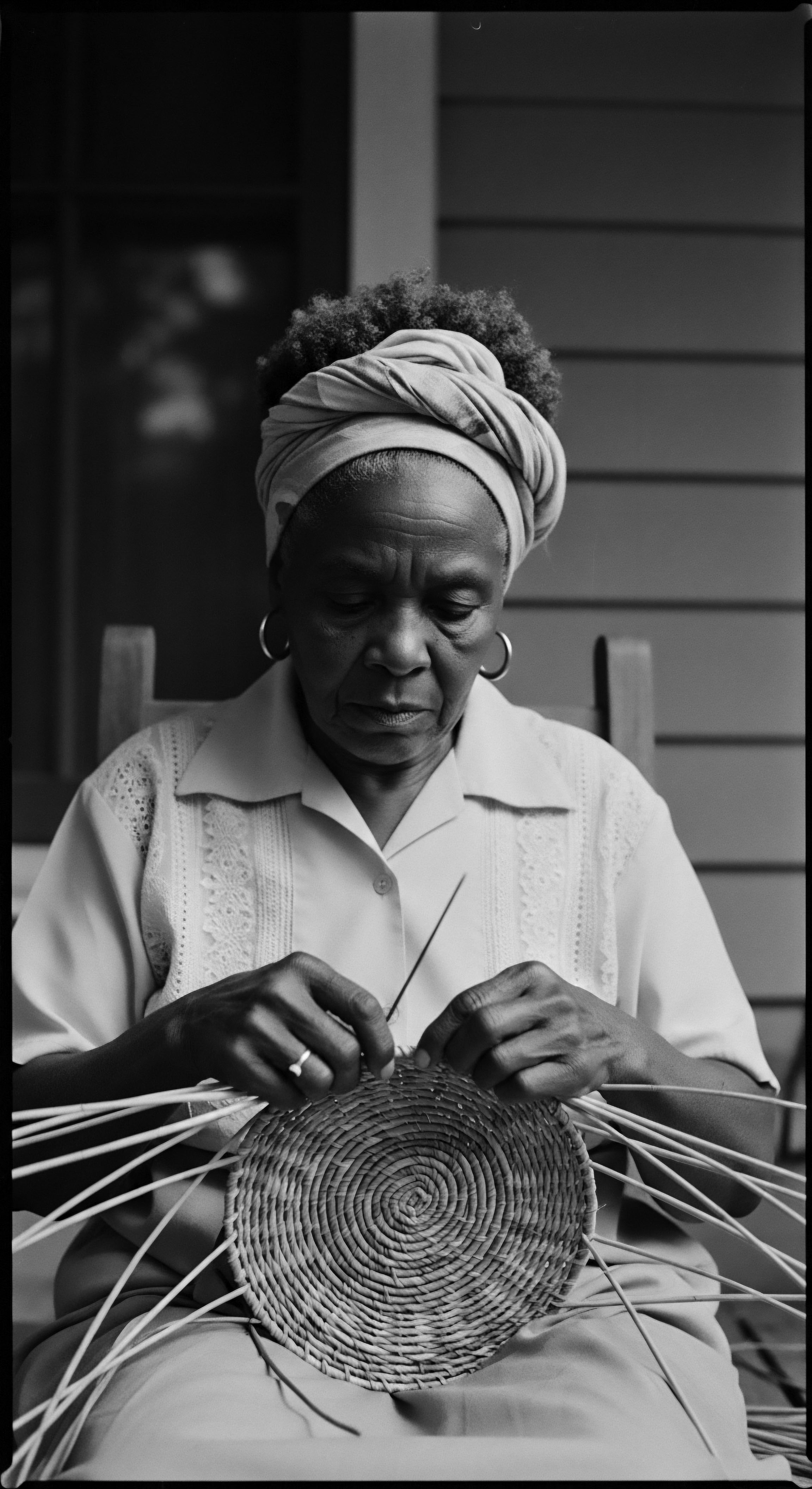
What is the historical significance of nighttime hair protection in heritage communities?
Nighttime hair protection in heritage communities is a profound act of safeguarding textured hair’s health and identity, rooted in ancestral resilience.
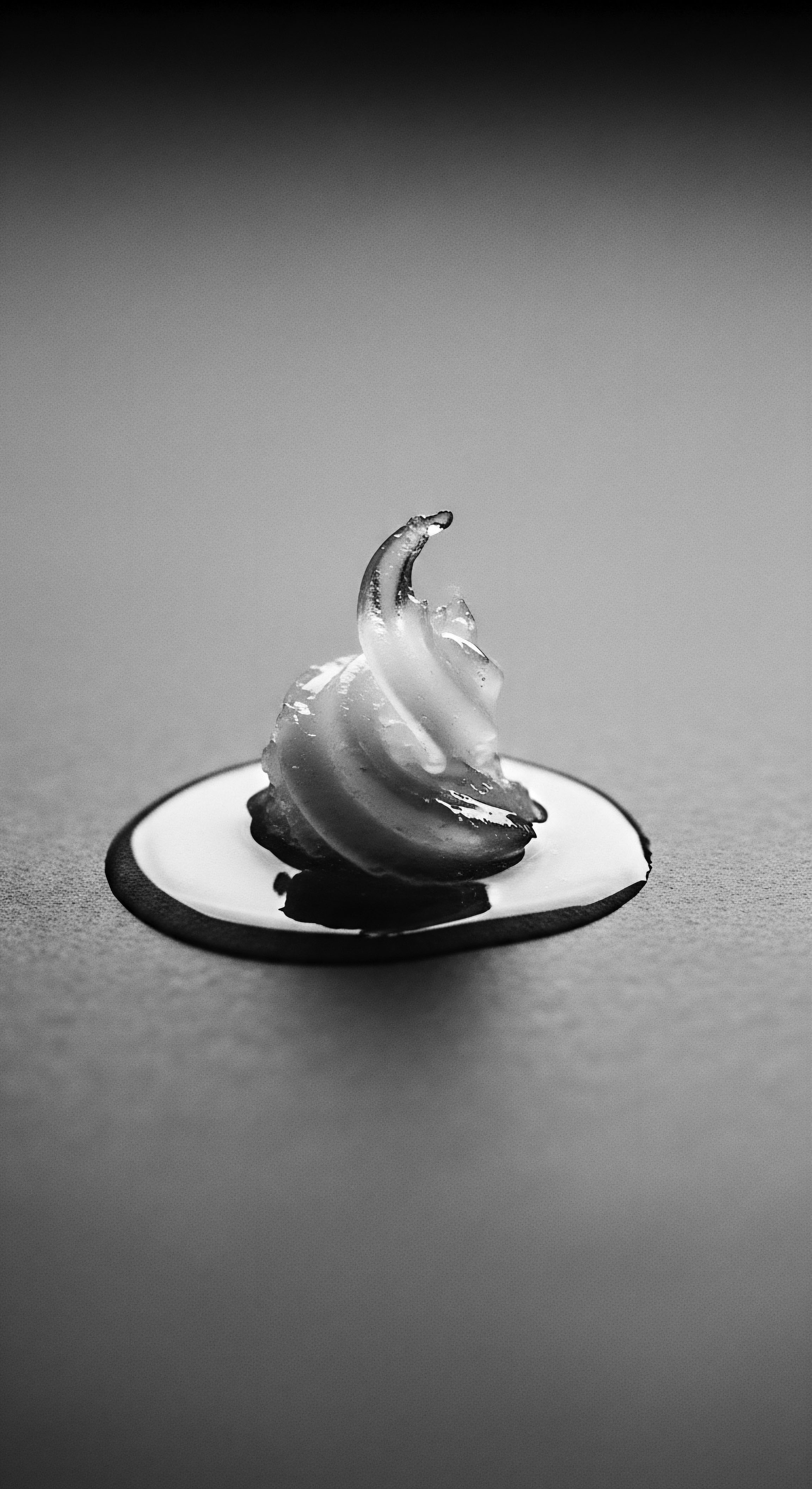
In what ways do head coverings aid hair health for textured hair?
Head coverings protect textured hair from friction and environmental elements, preserving moisture and preventing breakage, a practice deeply rooted in ancestral care and cultural heritage.
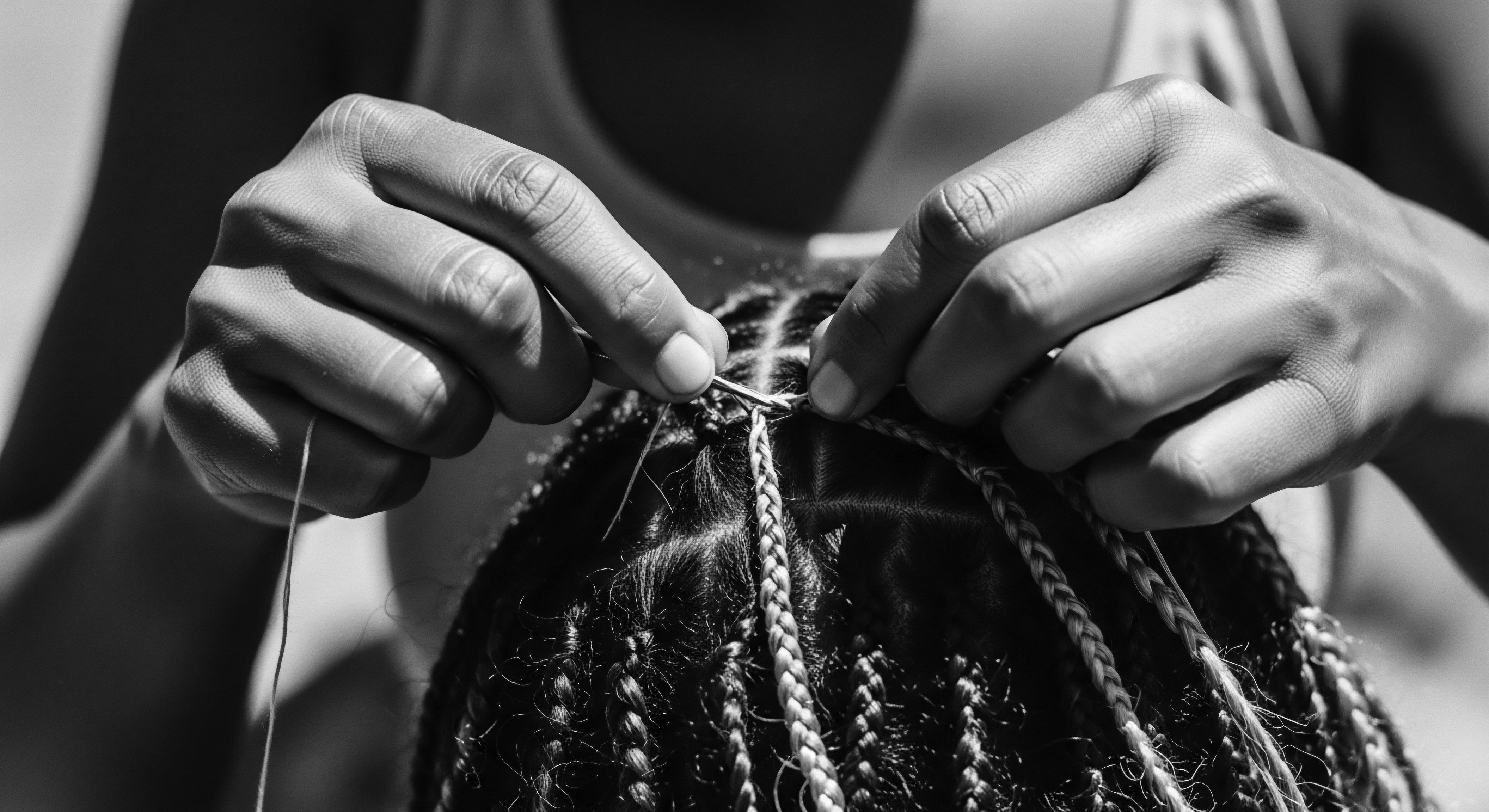
What ancestral rituals protected textured hair at night?
Ancestral rituals protected textured hair at night through careful braiding, oiling with natural butters, and covering with wraps to prevent friction and moisture loss.
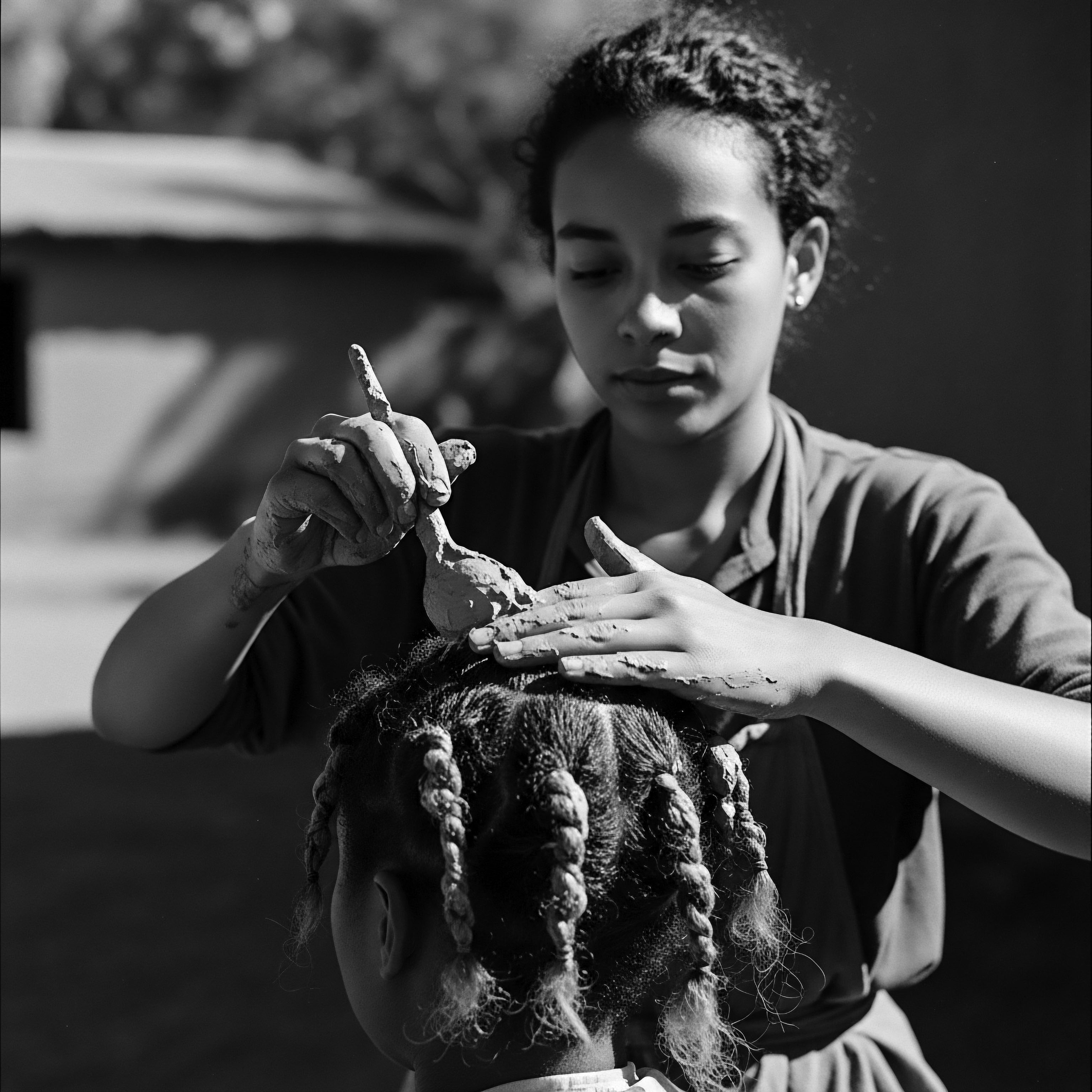
What materials are best for hair bonnets to preserve moisture?
Silk and satin bonnets, continuing an ancestral practice, best preserve moisture by minimizing friction and preventing absorption, honoring textured hair heritage.
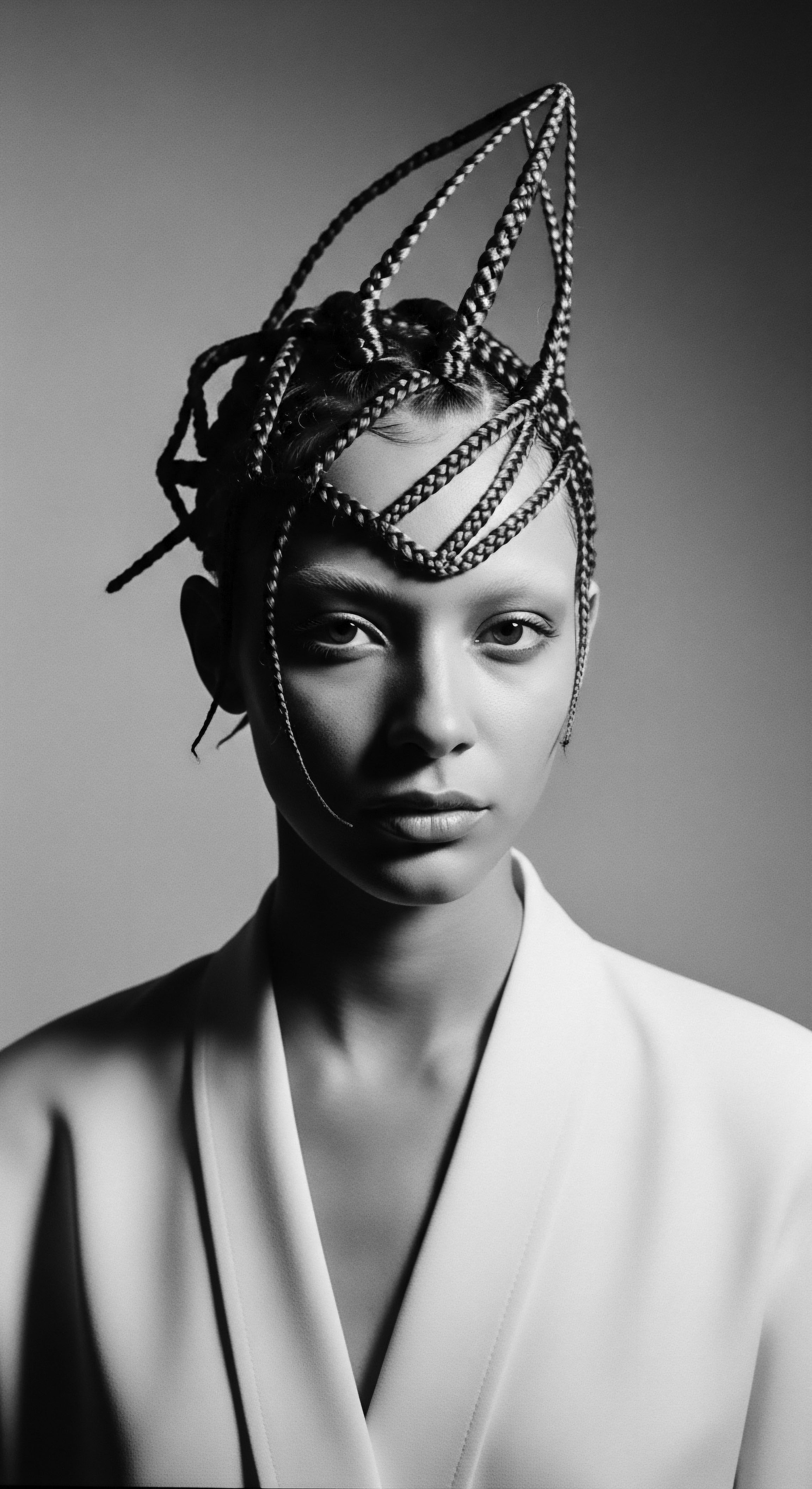
What historical self-care practices sustain textured hair vibrancy today?
Historical self-care practices for textured hair sustain vibrancy by integrating ancestral wisdom with natural ingredients and protective techniques.
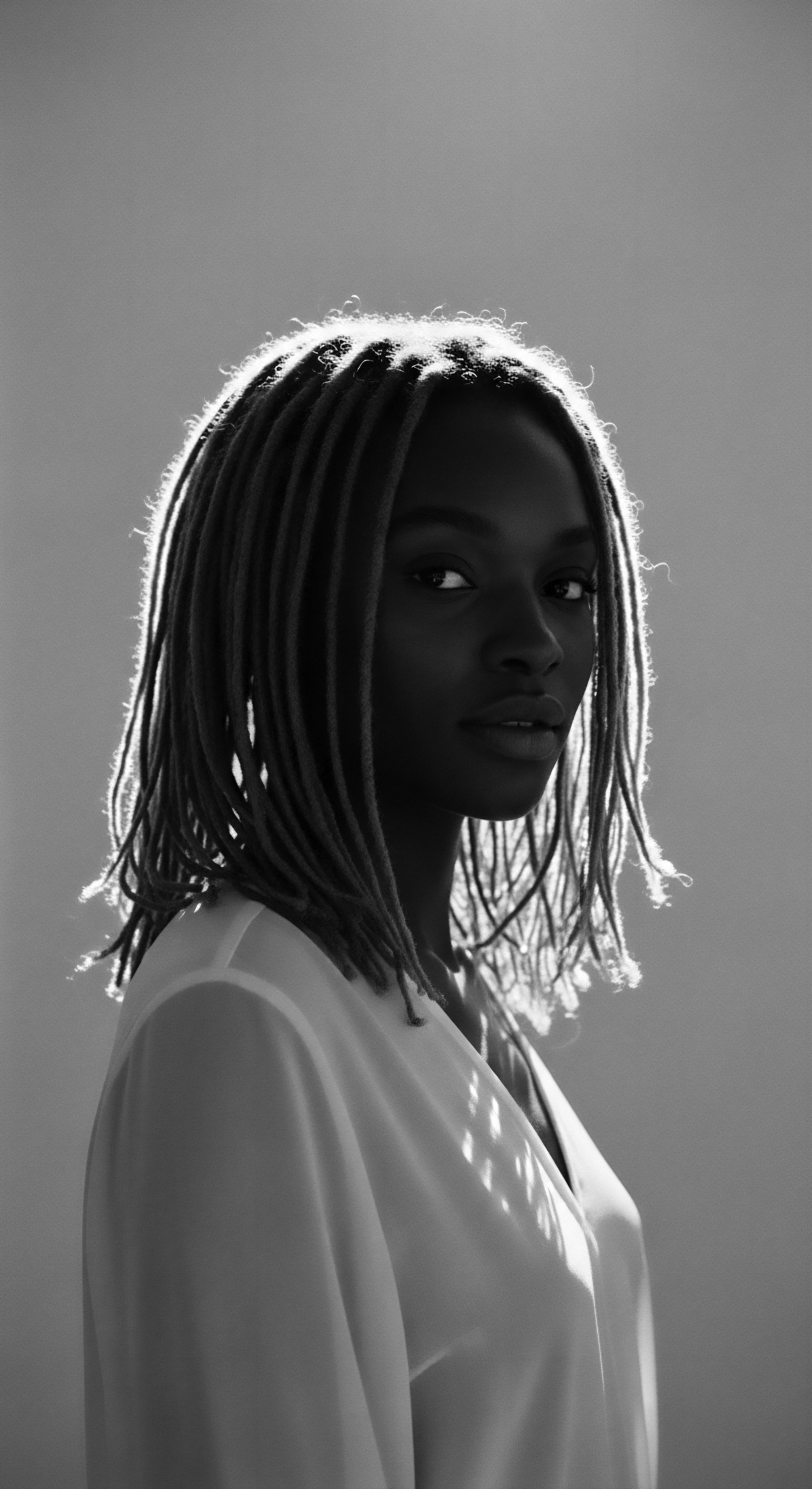
What historical traditions influence bonnet wearing today?
Bonnets embody centuries of textured hair heritage, stemming from ancestral protective head coverings, cultural resistance, and the enduring need for moisture retention and style preservation.

